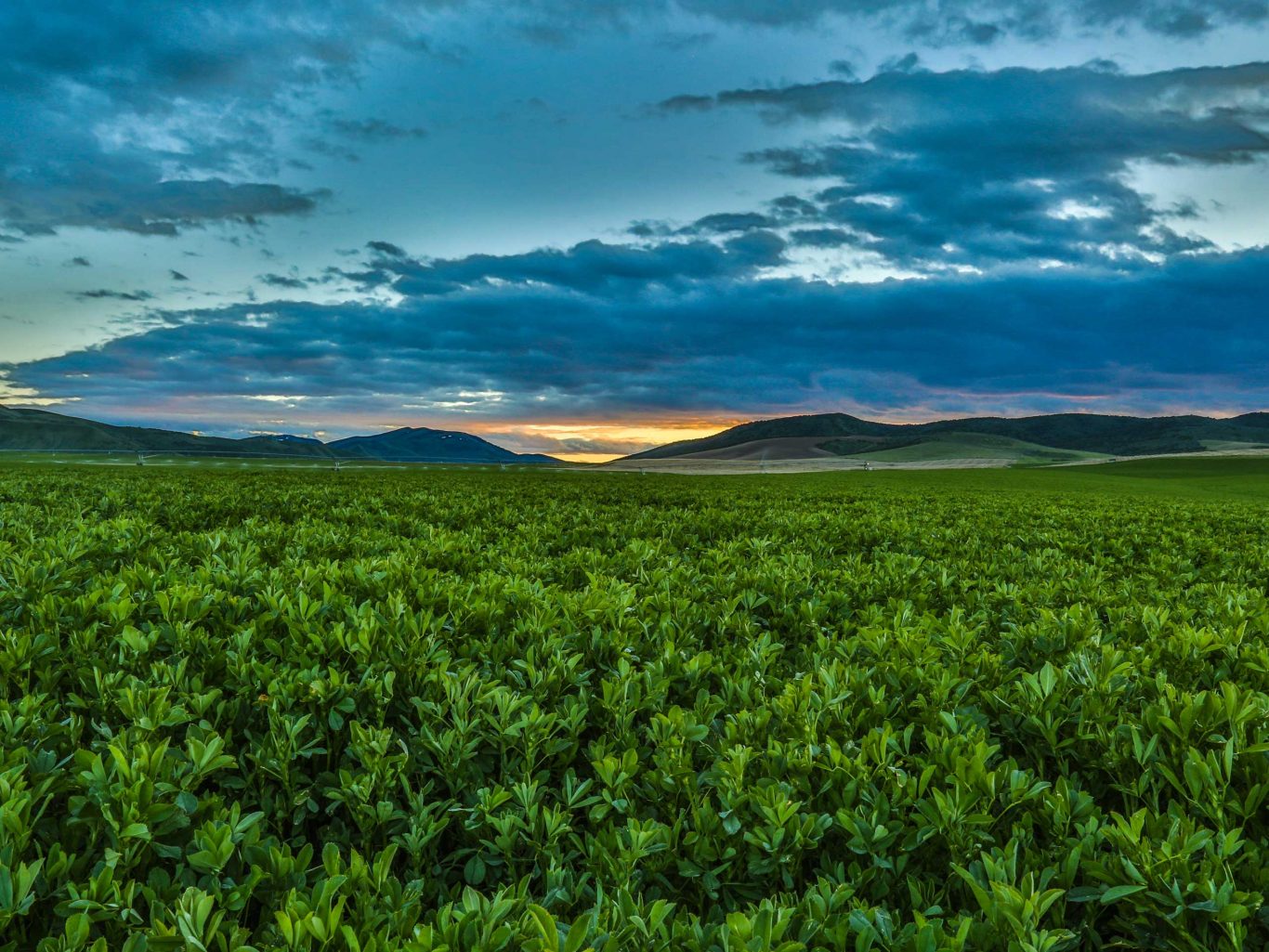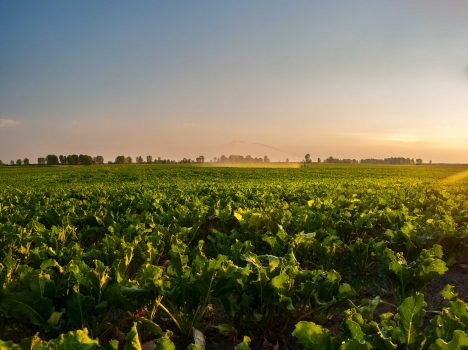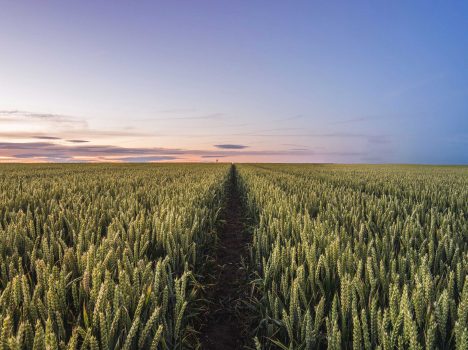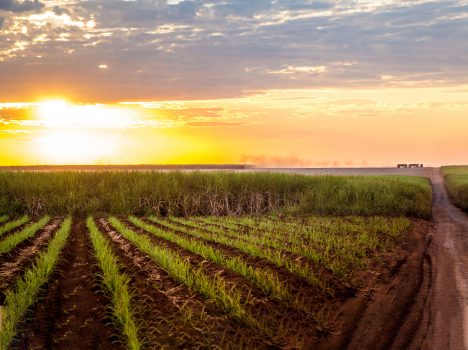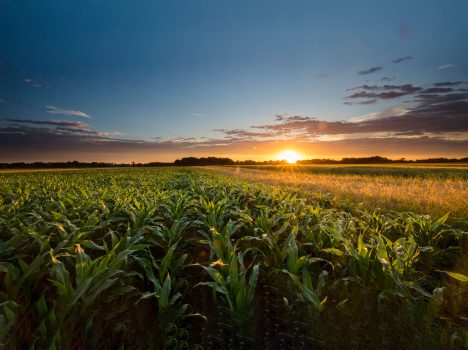More than 700 of Tereos’ cooperative growers cultivate alfalfa in France. The crop is primarily used for animal feed, a sector in which the Group has become a leading player.
Key figures
Processing all the raw material
Alfalfa is a leguminous plant. In Europe, production is concentrated in France, Spain and Italy. These three countries account for around 85% of production.
The main forage plant used for cattle feed, alfalfa is an excellent source of protein and carotene. Dehydrating the plant enables alfalfa to conserve all the qualities of fresh fodder. Sown for two or three years in succession, it is cut and harvested three or four times a year.
Alfalfa contributes to sustainable agriculture and biodiversity: it does not need nitrogen for growth. It captures nitrogen in the air and partly restores it in the soil that it leaves for future crops. It also hosts microorganisms and insects needed for neighbouring crops. It is worth noting that alfalfa is an essential plant for conversion to large organic farming, it allows a secure transition to organic farming and is an important factor of success.
Industrial process
Alfalfa is mown and chopped then transported to the industrial facility, where it is rapidly shredded in attrition mills. The alfalfa passes through a press and produces a fibrous residue and pressing juice containing 10% dry matter. Dehydrating the plant enables alfalfa to conserve all the qualities of fresh fodder.
Animal feed
Alfalfa can constitute between 10% and 30% of the feed of ruminants (cattle, sheep and goats). Alfalfa is efficient as animal feed: it has been the subject of a study carried out on an experimental farm run by AgroParisTech, which showed that dairy cows emit 10% less enteric methane when they are fed with alfalfa rather than grass.
Plant proteins
Alfalfa is used as a protein-rich natural raw material to make dietary supplements for humans. Known as leaf extract, it is a concentrate of nutrients (protein, vitamins, minerals) obtained from the juice of leaves such as alfalfa (one of only two sites in the world capable of producing it is a Tereos facility).
